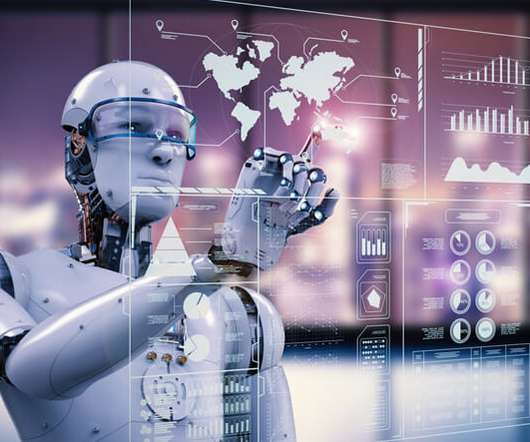5 Essential Technologies to get your Distributed Enterprise Future Ready
Trigent
APRIL 14, 2022
Enterprise software also has disaggregated from a monolithic form split into microservices (via containers) where code, debugger, utilities, and algorithms may be contained within the container and control routed appropriately to the parent code block as required. AIOps will be very much a requirement for the DevOps teams.














Let's personalize your content